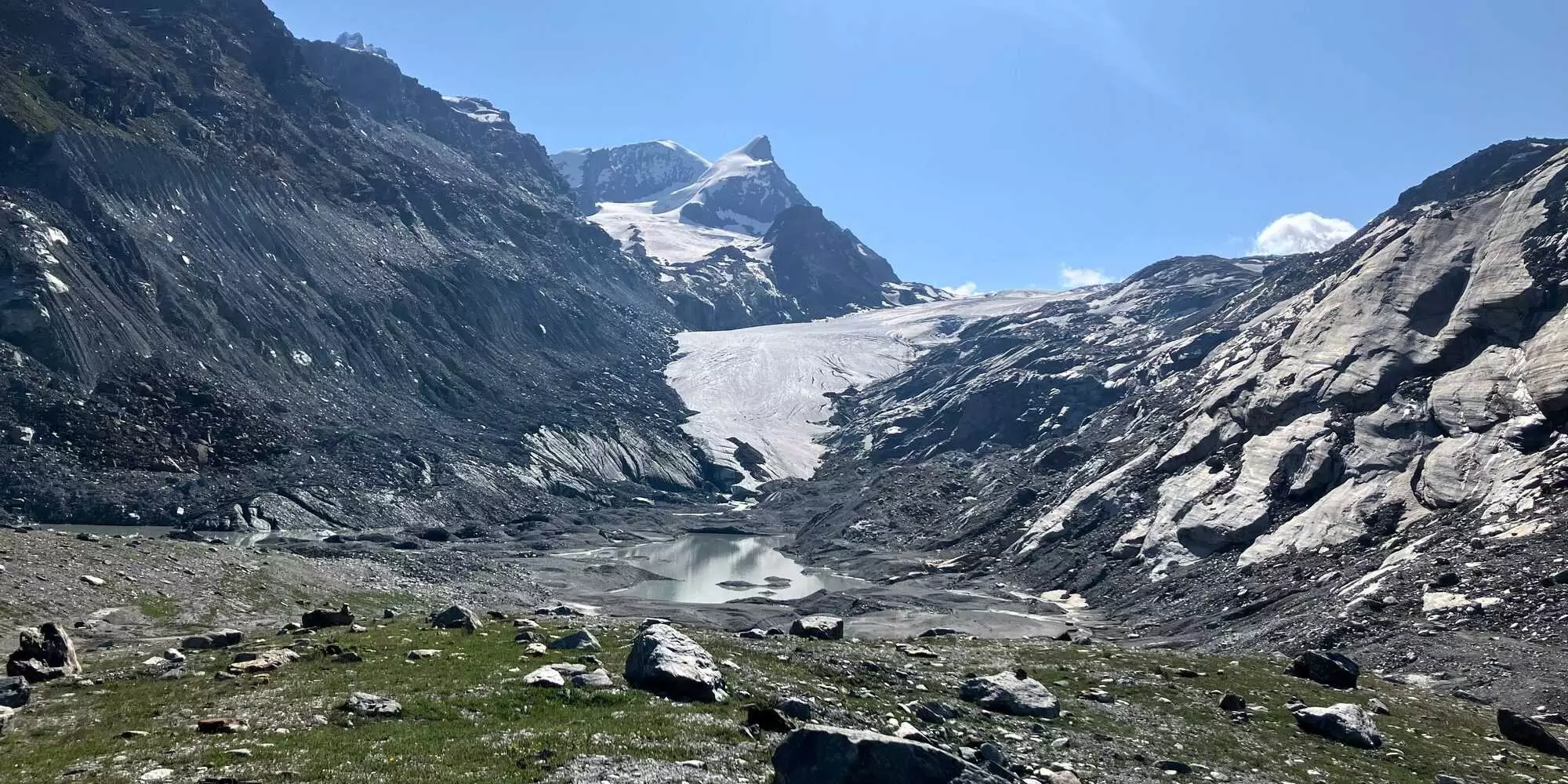Mountains hold a revered title as the world’s water towers, providing vital freshwater to ecosystems and human populations residing downstream. Yet, a groundbreaking Perspective Paper published in Nature Water reveals that our understanding of the mountain water cycle has been fundamentally flawed. A team of international experts argues that the interactions between the cryosphere—ice and snow—and groundwater have been neglected, leading to significant gaps in our predictions about water availability in these critical regions, especially as climate change continues to escalate.
The area of concern pivots around the processes through which snow and glacial meltwater contribute to the broader water balance in mountainous ecosystems. While the immediate effects of melting ice and snow are often highlighted, the intricate relationships that govern how this meltwater interacts with groundwater remain poorly understood. Marit van Tiel, a postdoctoral researcher at ETH Zurich and the lead author of the paper, emphasizes a crucial point: the lack of clarity about how much meltwater seeps into the ground to recharge aquifers, versus how much contributes directly to surface waterways.
The Complexity of Meltwater Dynamics
The mystery amplifies when it comes to quantifying the contributions of meltwater to groundwater reserves. Despite its importance, estimates of this connectivity vary dramatically, reflecting a broader challenge in hydrological research. Investigating these interactions in remote mountainous regions poses immense logistical hurdles, as conventional methods for measuring groundwater often prove unfeasible. Researchers frequently resort to localized approaches, yielding data that is not easily comparable across different studies. This variance can lead to inconsistent findings, complicating the development of comprehensive water management strategies.
One of the paramount questions yet to be answered revolves around the spatial and temporal scales at which these interactions occur. The dynamics of how meltwater traverses from the surface to underground reservoirs depend on numerous factors, including geological formations and climatic conditions. Gaining insights into these patterns is not merely an academic exercise; it has real-world implications for sustainable water management. Understanding when and how rapidly meltwater recharges groundwater can inform communities at lower elevations about the availability of this critical resource.
Adapting to a Changing Climate
As climate change exerts increasing pressure on mountainous ecosystems, the urgency of understanding the interconnections between the cryosphere and groundwater intensifies. According to the authors of the paper, the accelerated disappearance of glaciers and the alteration of snowpack dynamics have profound implications on how water resources will be distributed in the face of warming temperatures. With these changes, our current knowledge may not suffice for effective water resource planning, highlighting an imperative need for integrated research methodologies that bridge various fields of study.
The call for collaboration among cryospheric scientists, hydrogeologists, and climate modelers is not merely a suggestion; it is a necessity. To address the complexity of mountain hydrology, researchers must apply a more holistic approach that accounts for the interactions across different systems. Only through comprehensive research can we hope to establish reliable predictions regarding future water availability, which will play an essential role in the resilience of both mountain communities and the ecosystems that rely on these water sources.
Imagining the Future of Mountain Water Supply
In drawing attention to the vital role played by groundwater in our understanding of mountain water systems, the authors spotlight a pressing need for more extensive and integrative research efforts. The insights gleaned from future studies will not only shape our knowledge of water dynamics but also empower policymakers and communities to make informed decisions regarding water resource management. As we continue to navigate the complexities brought on by climate change, the interdependence of the cryosphere and groundwater systems will become increasingly crucial in safeguarding the water supplies of millions.
The path forward is clear: we cannot afford to overlook this intricate connectivity. By uncovering the secrets of mountain hydrology, we can foster sustainable practices that ensure future generations have access to the vital water resources they require.

